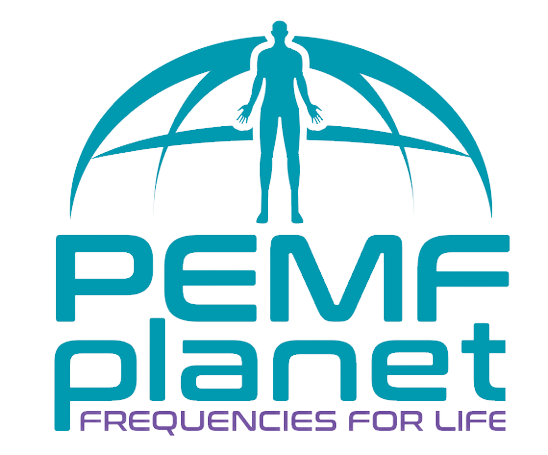
PEMF Intensity Levels: Why It Matters for Home Users
PEMF systems show up on the market with very different intensity levels. At one end, there are very high-intensity systems (often in the Tesla range) that were originally designed to be used in clinical or medically supervised environments. These applications typically require trained personnel, because the field strength and targeting need to be controlled carefully.
A well-known example from that category is repetitive transcranial magnetic stimulation (rTMS). That is a medically regulated, purpose-built application with its own certifications, indications, and protocols, and it is not a home-use wellness system. Those systems go through medical-device approval paths (e.g. FDA/Health Canada/EU authorities) specifically for those indications and must follow the applicable norms and regulations. That’s a different world than what most people are looking for when they want a daily, at-home, bio-electrical support tool.
The problem: high-intensity devices pushed for home use
In recent years, a few very high-intensity units have been marketed directly to consumers, sometimes using medical-style language or implying clinical outcomes. Many of these do not show a recognized consumer-safety certification and are not registered, cleared, or approved with the relevant authorities for the way they are being promoted. That creates confusion for buyers, because it makes it look like all PEMF is the same — it isn’t.
For that reason, and to keep this guide focused on realistic, safe home-use options, we don’t list technical data or functions of those high-intensity systems here. This page is about the class of PEMF that’s meant to be used daily, at home, without a technician standing beside you.
Low-Intensity / Earth-Range PEMF (1–300 µT)
The other end of the spectrum is where most modern home-use PEMF wellness systems live: typically around 1–300 microtesla (µT). That range sits close to the Earth’s own natural magnetic environment, which is generally measured in the 20–70 µT range. Staying near that band has two big advantages for end users:
-
Comfort and safety for home use – low-pulsed, earth-range fields are generally considered suitable for unsupervised, daily sessions when used as directed by the manufacturer.
-
Designed for whole-body application – at these levels, it becomes practical to lie on a full-body mat or use a general application without having to “dial in” an aggressive, localized pulse.
So when you see a PEMF system advertising intensities in the 1–300 µT range, you’re typically looking at what we’d call a home-use, wellness-oriented PEMF system — the category most people are actually shopping for.
“Does higher intensity work better?”
Not automatically.
This is one of the most common misconceptions. Effectiveness with PEMF is not determined by intensity alone. Field shape, frequency range, application method (full-body vs local), session length, and overall system design all play a role in how the body perceives and integrates a signal.
Very high intensities can make sense in a targeted, clinical context with trained staff and a specific indication. That does not mean those same intensities are appropriate, necessary, or even comfortable for daily home use.
Why we highlight low-pulsed, whole-body systems
-
They align with earth-like, bio-electrical ranges.
-
They are intended for regular, lifestyle-level use.
-
They can be used without a technician standing by (when used as directed).
-
They fit the goal most visitors to this site have: “I want something I can use at home, consistently.”
That’s also why on PEMF Planet we mainly talk about — and compare — systems in this safe, practical, home-use category.
Compliance note
Nothing on this page is intended to diagnose, treat, cure, or prevent any disease. High-intensity clinical systems follow their own regulatory path and indications. Home-use PEMF systems, like the ones we discuss here, are positioned for general bio-electrical support, relaxation, energy, and self-care routines — not for replacing medical devices or professional care.
